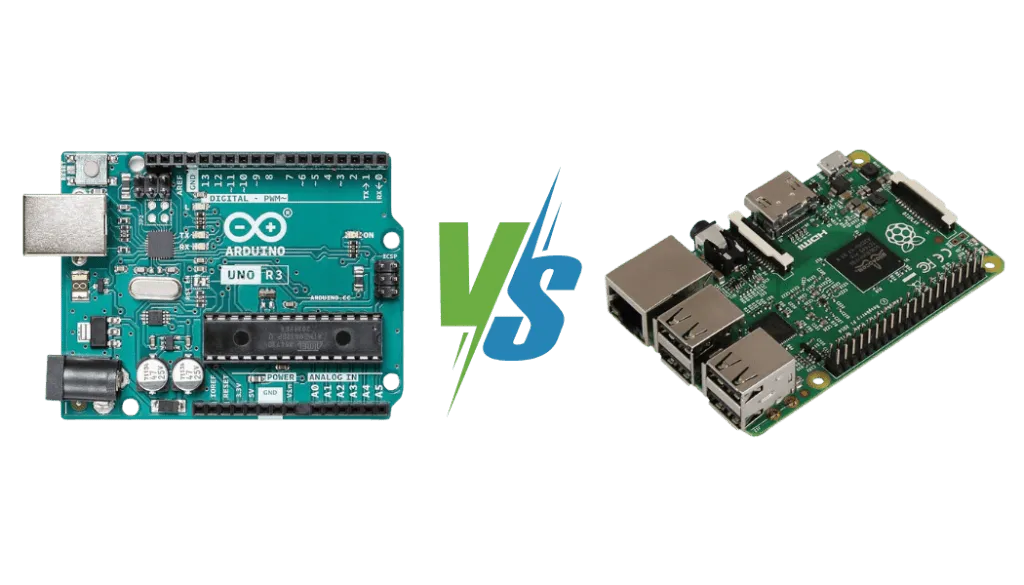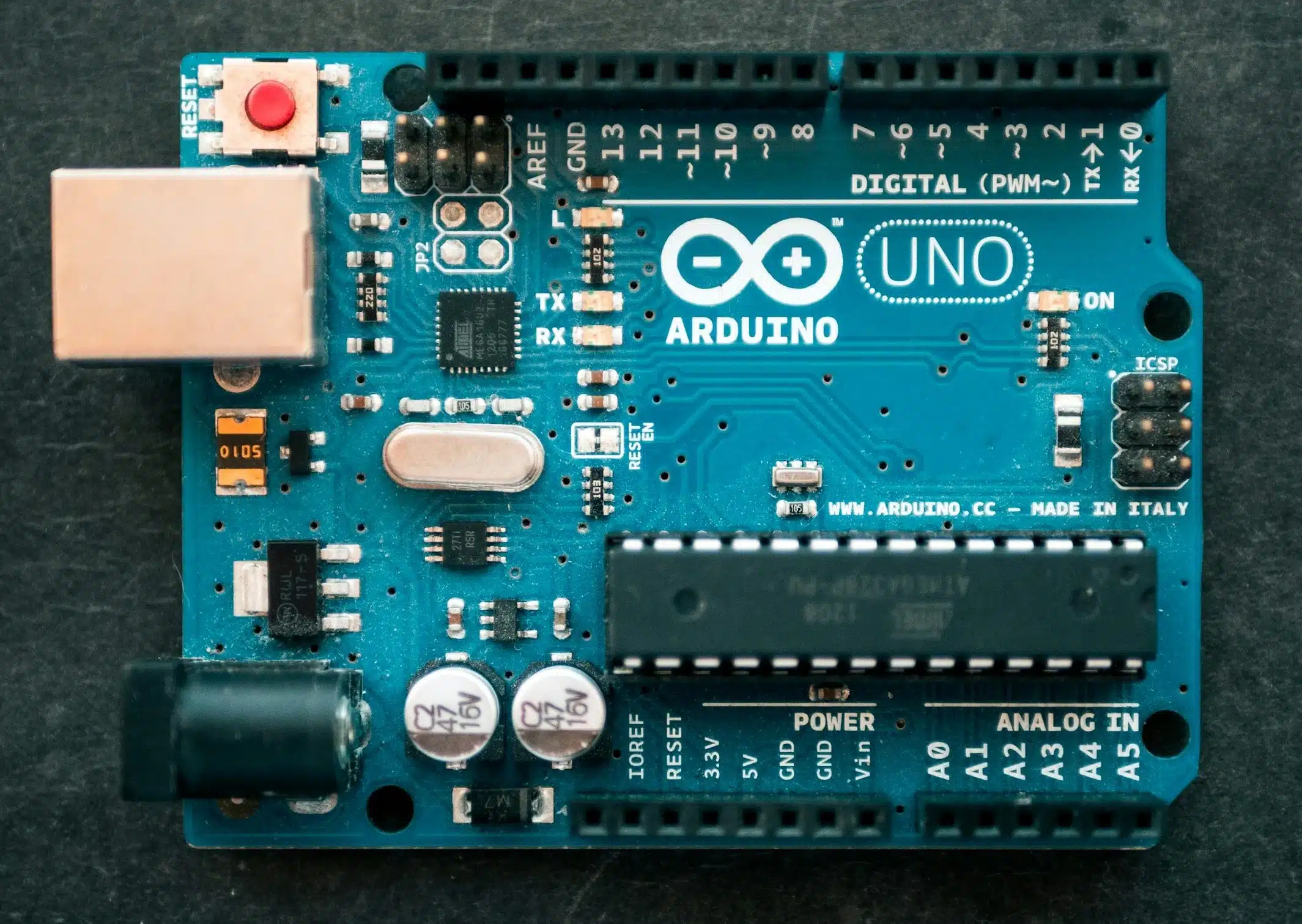If you’ve ever wanted to dive into electronics, robotics, or automation projects, chances are you’ve heard of Arduino. It’s one of the most popular platforms in the world for beginners who want to bring their ideas to life. But what is Arduino exactly, and what can you do with it? This guide will answer all your questions and show how Arduino is used by hobbyists, students, and engineers alike.
What is Arduino and What’s It Used For?
Arduino is an open-source electronics platform based on easy-to-use hardware (boards) and software (the Arduino IDE). At its core, Arduino allows you to connect sensors, LEDs, motors, and other components, and then program them to perform specific tasks.
Why Makers Love Arduino
- Simplicity – You can get started without prior electronics knowledge.
- Affordability – Boards like the Arduino Uno cost under Rs. 1500/-.
- Community support – Millions of tutorials, forums, and libraries available.
- Flexibility – Use it for robotics, automation, IoT (Internet of Things), and even art installations.
Real-World Applications of Arduino
- Education – Teaching coding, electronics, and problem-solving.
- Robotics – Building line-following or obstacle-avoiding robots.
- Home automation – Smart lights, temperature sensors, security systems.
- DIY projects – Electronic musical instruments, wearables, or garden watering systems.
📍 Example: A student can program an Arduino to monitor soil moisture and automatically turn on a water pump for their plants.
Arduino vs. Raspberry Pi – Which One Should You Choose?
Both Arduino and Raspberry Pi are loved by makers, but they serve different purposes.
Key Differences
- Processing Power:
- Arduino = microcontroller (executes one program repeatedly).
- Raspberry Pi = mini-computer (runs operating systems, multitasks).
- Programming:
- Arduino = programmed in C/C++.
- Raspberry Pi = supports Python, C, Java, and more.
- Best Use Cases:
- Arduino = real-time control (sensors, motors, LEDs).
- Raspberry Pi = multimedia, web servers, AI projects.
📍 Example: Use Arduino to control the lights in a smart home, but Raspberry Pi to stream video from a security camera.

Arduino Programming – Should You Learn C or C++?
Arduino programs are written in a language based on C and C++. This makes it efficient and close to the hardware.
Why C/C++?
- Direct hardware control – Essential for microcontrollers.
- Fast execution – Works in real-time for robotics and automation.
- Massive library support – Thousands of ready-to-use functions.
What About Python?
While not standard, MicroPython or external libraries allow Python on certain Arduino-compatible boards. However, for most beginners, learning basic C/C++ is the best way to start.
📍 Tip: Even if you’ve never coded before, the Arduino IDE comes with built-in examples like “Blink” (making an LED blink), which is perfect for practice.
Is Arduino a Microcontroller? Debunking Common Myths
Many beginners confuse Arduino with a microcontroller. Let’s clear this up.
- Arduino Board = Development Platform (includes power supply, USB port, and input/output pins).
- Microcontroller = The chip on the board (like ATmega328).
So Arduino is not a motherboard or a microcontroller — it’s a complete platform that makes working with microcontrollers easier.
📍 Analogy: If a microcontroller is the engine, Arduino is the car that makes the engine usable.
From DIY to Commercial – Why Isn’t Arduino Used in Industry?
If Arduino is so useful, why don’t we see it in large factories or industrial equipment?
Key Reasons
- Limited reliability – Not designed for 24/7 harsh environments.
- Not certified – Industry requires certifications like ISO and CE.
- Limited scalability – Hard to manage multiple boards in big systems.
Industrial Alternatives
- PLCs (Programmable Logic Controllers): Industry-standard controllers for automation.
- Industrial-grade microcontrollers: More robust, durable, and certified.
📍 Example: A factory assembly line would use a PLC instead of Arduino because it guarantees reliability and safety under industrial conditions.
Conclusion – Why Arduino is the Perfect Starting Point
Arduino is not just a board, but an entryway into the world of electronics, robotics, and IoT. Whether you’re a student learning programming, a hobbyist experimenting with DIY projects, or an educator teaching STEM, Arduino makes innovation accessible.
👉 Call-to-Action (CTA): If you’re ready to start, get an Arduino Starter Kit with Component Box, try out simple projects, and build your way up to more advanced applications.


